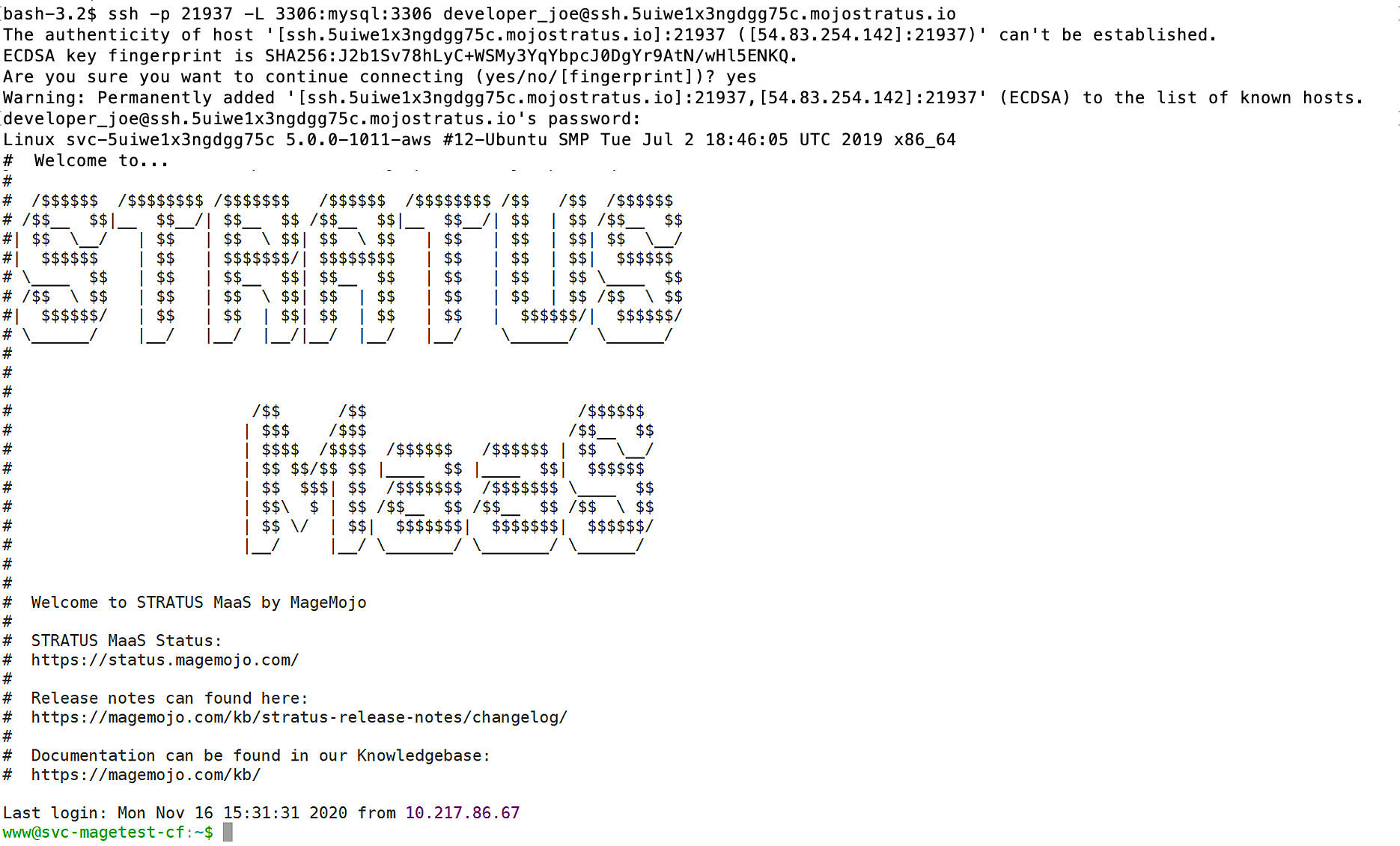
- Create ssh tunnel form browser how to#
- Create ssh tunnel form browser install#
- Create ssh tunnel form browser update#
Login to your Cloudflare account and choose your domain. Next run the following command to forward port 5000 on the remote machine to port 3000 on the local machine. sudo systemctl restart sshd OR sudo service sshd restart. Access secures SSH connections and other protocols with Cloudflare’s global network, with a Zero-Trust Approach. Next, you need to restart sshd to apply the recent change you made. Next, we will create a subdomain and secure it with Cloudflare Access. We can verify the installation using this command: $ cloudflared -VĬloudflared version 2021.9.2 (built -1343 UTC) Setting up Cloudflare Access
Create ssh tunnel form browser install#
Once downloaded, we will use dkpg to install the package. The installation is straightforward, and you can find the compatible package here.

Using cloudflared we will create an ssh tunnel. Installing CloudflaredĬloudflared ( pronounced: cloudflare-dee) is a light-weight server-side daemon which lets you connect your infrastructure to Cloudflare. If you’re port forwarding multiple ports on the same host, it allows ssh to share a single tcp connection (multiplexing). I came across Cloudflare Argo which lets you tunnel services running locally to Cloudflare. Leveraging a control socket has several benefits. It turns out that my ISPs are using CGNAT and I have to create port forwarding rules in ISP’s router for this method to work, which will never be allowed. In addition to the script, I used crons to automically handle updates every minute, but it did not work.
Create ssh tunnel form browser update#
I tried this script to update the Cloudflare DNS records with my public IP.

Create ssh tunnel form browser how to#
Being able to SSH and rsync into my Pi on the fly is pretty cool! Today we will learn how to create an SSH Tunnel using Cloudflare’s Argo and Access. I forgot about it for a while but when I flashed my Pi a couple of days ago I knew that I had to do it. The most straightforward answer seemed to be getting a static IP from the ISP however, both of my ISPs did not help me with that. If you are using the Firefox extension “FoxyProxy” make sure you modify the “options” section under “miscellaneous” and check the option “use SOCKS proxy for DNS lookups.” FoxyProxy will override the about:config option that you set above.I had always wanted to access my home server, running on a Raspberry Pi 4, from outside the local network. Create the entry “_remote_dns” and set it to true. To add a boolean option into the URL “about:config” page in Firefox. If you tunnel your data through ssh and then still do requests against the local DNS server for the ip addresses then you have accomplished nothing. This step is totally optional, but since you are going to be proxying the web traffic over the ssh tunnel then it just makes sense to proxy the DNS requests as well. You have been warned! Optional Step: DNS proxying through SOCKS5 in Firefox browser IMPORTANT NOTE: DNS lookups will not traverse this tunnel by default, if you are trying to do this from work or a restricted network your DNS request could get you busted. You can do this manually or with many of the browser proxy extensions available (FoxyProxy for Firefox perhaps) Now you’ll need to set your internet browser proxy to localhost port 8080. This is important: Don’t close this terminal or console window, because if you do, it tears down the SSH tunnel. The -N tells ssh not to open an interactive prompt, so it will just hang there, waiting. Once you authenticate, nothing will happen. When you execute that command you’ll get prompted to enter your password.

Of course, you’re going to replace username with your username and with your server domain name or IP address. Ssh -ND 8080 that command does is hand off requests to localhost, port 8080, to your server at to handle. To do so, you’re going to set up a “tunnel” which passes web traffic from your local machine to the proxy over SSH.

You’ve got access to an SSH server and you want to start using it as your proxy. I am not condoning improper use of any corporate or government network, but in some instances where freedom or privacy need to be preserved this could come in handy.Īgain this is for informational purposes only. This is for people who want to browse, but not have their traffic snooped on. Tunnel web browser through an SSH tunnel! Tunnel web browser through an SSH tunnel


 0 kommentar(er)
0 kommentar(er)
